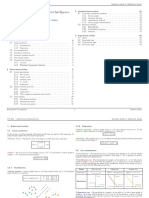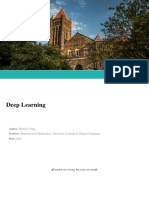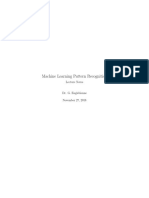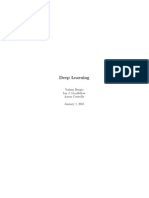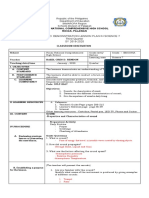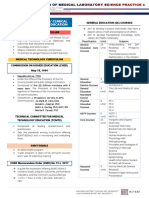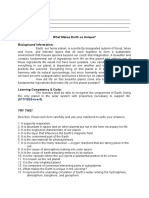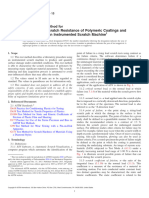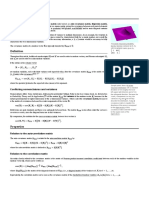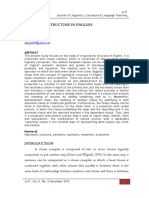0% found this document useful (0 votes)
33 views10 pages100+ Mathematics For Machine Learning - ComprehensiveEdition
The document outlines essential mathematical concepts for machine learning, covering basic linear algebra, probability and statistics, calculus, optimization, regression, neural networks, clustering, dimensionality reduction, probability distributions, and reinforcement learning. Each section provides key equations and definitions necessary for understanding and applying these concepts in machine learning contexts. It serves as a comprehensive reference for learners and practitioners in the field.
Uploaded by
zefirisanatCopyright
© © All Rights Reserved
We take content rights seriously. If you suspect this is your content, claim it here.
Available Formats
Download as PDF, TXT or read online on Scribd
0% found this document useful (0 votes)
33 views10 pages100+ Mathematics For Machine Learning - ComprehensiveEdition
The document outlines essential mathematical concepts for machine learning, covering basic linear algebra, probability and statistics, calculus, optimization, regression, neural networks, clustering, dimensionality reduction, probability distributions, and reinforcement learning. Each section provides key equations and definitions necessary for understanding and applying these concepts in machine learning contexts. It serves as a comprehensive reference for learners and practitioners in the field.
Uploaded by
zefirisanatCopyright
© © All Rights Reserved
We take content rights seriously. If you suspect this is your content, claim it here.
Available Formats
Download as PDF, TXT or read online on Scribd
/ 10








